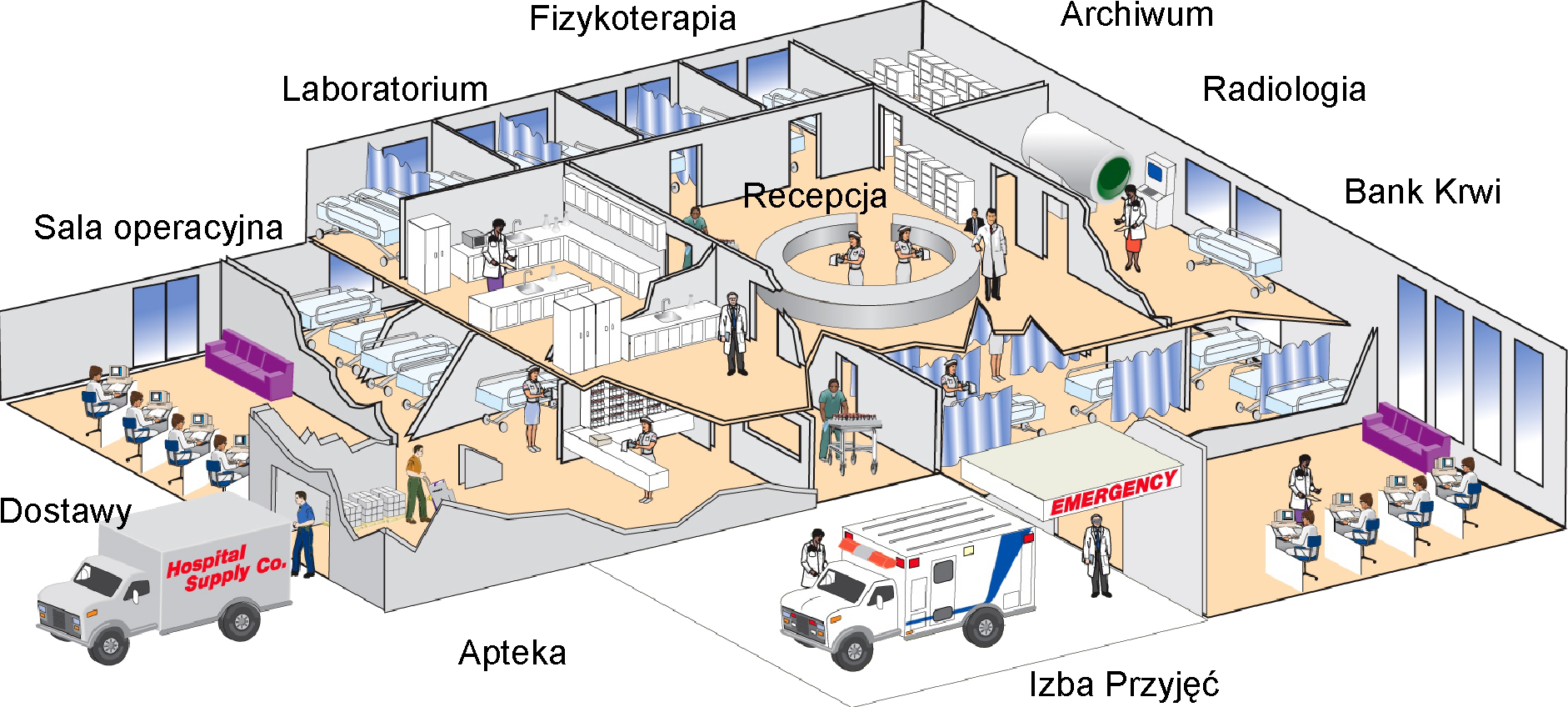SOLUTIONS
Healthcare service
- PATIENT DATA IDENTIFICATION
- RESOURCE MANAGEMENT
- SUPPLIES
- STOCKTAKING
- BENEFITS OF IMPLEMENTING AUTOMATIC IDENTIFICATION SYSTEMS IN HEALTHCARE
- COOPERATION WITH PARTNERS
For over 10 years we have been offering complex solutions in various fields of automatic identification - from barcode printing, reading, to processing and storing. Our experience shows that automatic identification systems are an ideal solution not only for commerce, industry or logistics, but also for the healthcare sector.
We will present examples of SAI devices that enable a hospital, clinic or other medical unit to:
- cut operating costs
- increase control over the effectiveness of operations
- increase patient safety
- increase patient satisfaction with service
IDENTIFICATION OF PATIENT DATA
Each patient receives an identification card at the time of enrollment in a particular health care facility, confirming his or her eligibility for health care services.
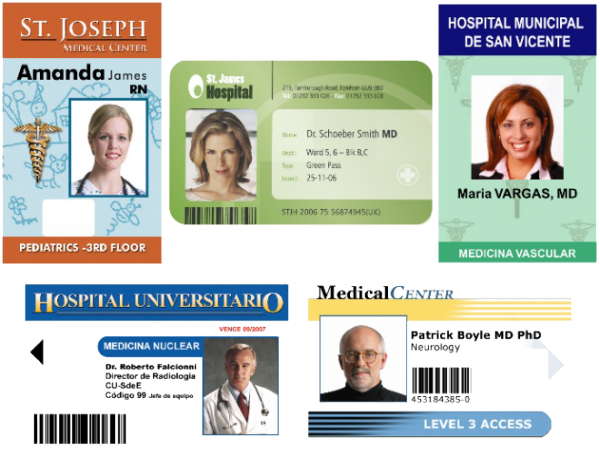
The basic purpose of a card is fast identification of its holder - for this purpose the identification card has a number which can be written directly on the card or electronically readable (as a bar code or encoded on a magnetic strip or microprocessor). The identification card can also have a PIN code (or other means of verification, e.g. based on biometric methods) so that its use can dispense with other methods of checking the cardholder's identity. In addition, the ID card may also include a photograph of the cardholder and a specimen signature.
Thanks to the identification card the patient is provided with efficient service and a guarantee that his/her insurance status will not be questioned. In addition, thanks to the organization of the information system, the patient can quickly learn about the complete record of services provided to him/her, which is the patient's right under the current legislation. As confirmed by research - the patient feels safe with the card.
Printable cards together with printers should be located in the places of first contact with patients, i.e. at the reception desk, in the registration desk, in the admission room and also in the administration in order to print identification cards for the hospital or outpatient clinic staff. Identification cards for the staff make it possible to define clear responsibilities for their activities on behalf of patients, which on the one hand increases patient safety and on the other hand facilitates management of a given unit.
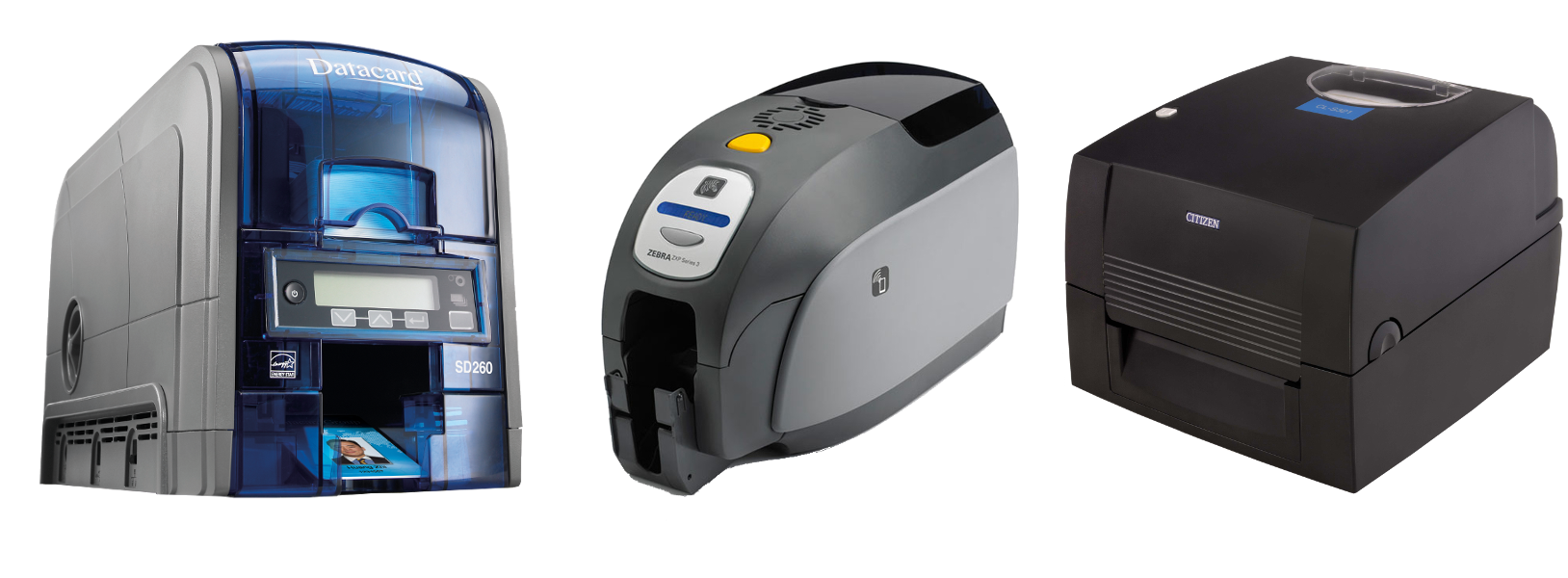
In parallel with the card, bar-coded wristbands can be issued to patients presenting themselves for treatment or specific examinations. Thanks to such wristbands, the medical personnel can check the status of the patient at any time in any place during their "journey" in the hospital or clinic and in case of any irregularities they can quickly react and introduce changes while detecting and eliminating the source of error.

In order to increase work efficiency, quality of patient service and to eliminate errors resulting from human error in patient identification areas such as: reception desk, emergency room, doctor's office, operating room, laboratory, pharmacy, barcode readers are used to efficiently read information contained in the patient identification card.
Barcode readers can read, decode, and transmit to a computer or database the information contained in the barcode. There is a whole range of barcode readers, varying according to their applications. In the healthcare industry, diode and laser readers are used.
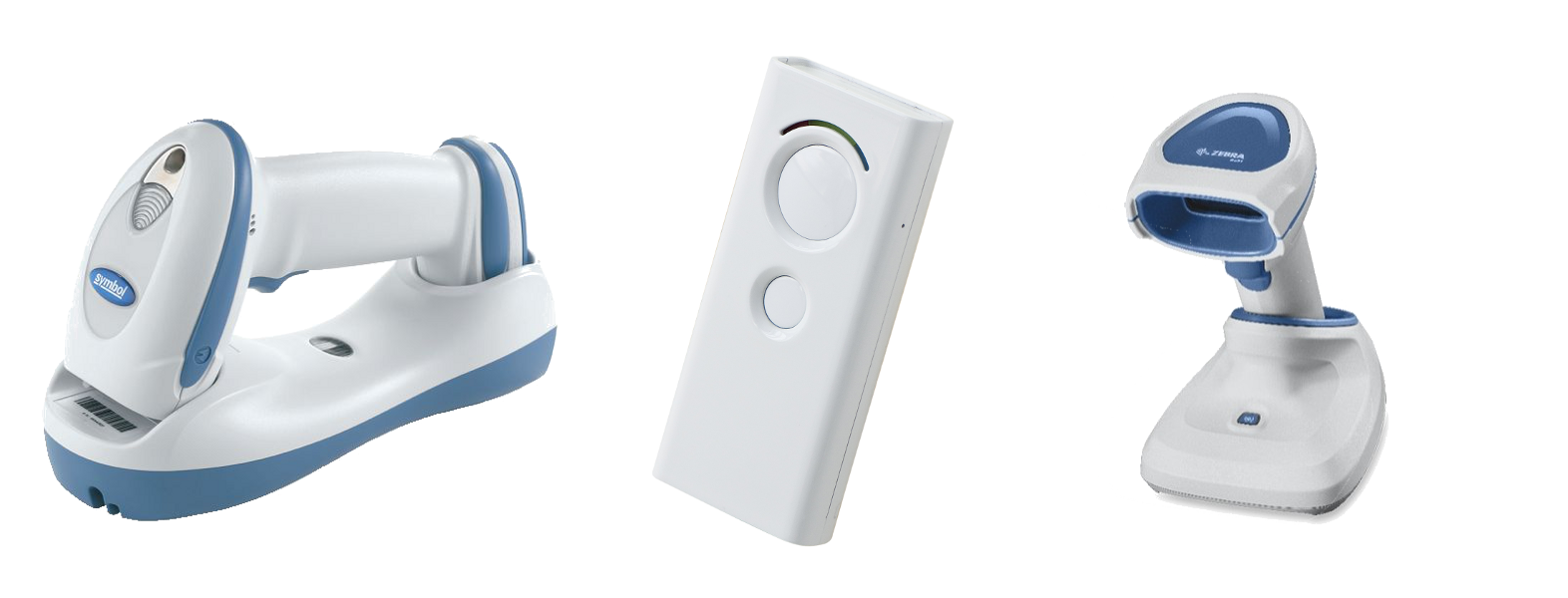
With the help of an efficient IT system and automatic identification devices used throughout the facility, we are able to optimally manage resources. Assigning unique codes to goods, fixed assets, examinations and materials for examinations - their accurate registration in such places as goods supply point, blood collection point, laboratory, blood bank, pharmacy, laundry, kitchen contributes both to the reduction of operating costs of a hospital or clinic and to the increase of patient's safety.

With special software we can put any information on the label. Depending on the application and the number of printed labels, in order to maximize the effectiveness of the device in a given location, the appropriate type of printer should be selected. In some places, such as archives or hospital wards, it is worth considering the use of portable printers, which will significantly improve the comfort of work.
From the point of view of automatic identification systems, an interesting place is a hospital ward, where the proper identification of a patient, control of ordered tests and medicines and resource management are closely related. In such places data collectors can find a wide application. Thanks to our experience we can write a program integrated with your system, which will improve the work of medical personnel and allow for better control of issued orders.
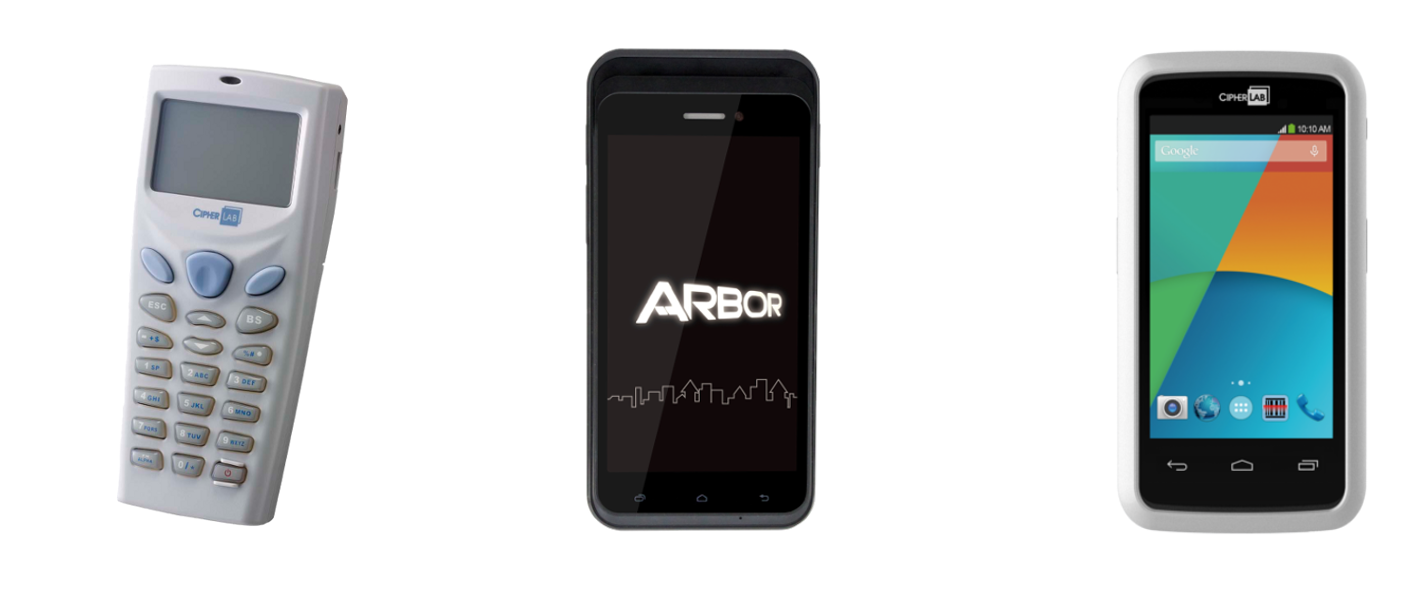
Using the data collector, the doctor orders tests in real time and has immediate access to previous results and recommendations. This significantly improves the standard of patient treatment and allows very quickly introduce changes in treatment in an organized manner. At the same time, relying on the software collecting historical data we have the possibility to compare similar cases and analyze them from many aspects in order to find the most optimal solutions.
In order to ensure trouble-free operation of printing devices, our offer also includes consumables for card and label printers. High quality cards, properly selected ribbons, laminates and cleaning accessories ensure increased printer's life, print aesthetics and durability.

The labels offered by our company, depending on your needs, can be resistant to moisture, high temperatures, ammonia, etc.

Stocktaking is a set of accounting activities aimed at preparing a detailed physical inventory of property components and their sources of origin on a specified date. An inventory consists of establishing the actual condition of all tangible and intangible fixed assets, as well as clarifying differences between the condition identified during the inventory (actual condition) and the condition arising from the accounting records.
These differences are mainly due to the following two reasons:
- changes in the natural characteristics of items that cannot be determined from evidence (volatilization, drying out, inaccurate measurement of receipt and issue of bulk materials, out-of-date inventory, changes in fashion, etc.);
- errors and abuses made by employees in accounting records (numerical errors in documentation and entries), mistakes in the receipt and release of tangible assets, theft and abuse.
The main objective of a stock-taking is to establish the actual state of assets and liabilities. In particular, it boils down to:
- reconciliation of accounting records with the actual state
- settlements of persons materially responsible for the property entrusted to them
- assess the economic usefulness of the assets covered by the inventory
- counteracting irregularities in asset management identified during the inventory (excessive quantity, unfitness)
Under current regulations, inventory refers to the following activities:
- make a physical inventory of all the assets at the disposal of the enterprise
- obtain from the counterparties of the enterprise written information on the state of its cash on bank accounts, on the state of bank loans taken, on receivables and liabilities, and on the state of its own assets entrusted to the counterparties
- porównania danych ewidencyjnych niektórych składników z odpowiednimi dokumentami, np. stanem posiadanych gruntów
- determining and explaining the causes of quantitative shortages and damages
- present and justify conclusions on the method of settling inventory differences
- indicate ways of removing irregularities in the management of the entity's assets.
A distinction is made between the following types of inventories:
- physical inventory - made by members of the inventory committee, based on direct observations and measurements of assets in the economic entity. It includes possible to see fixed assets, tangible current assets, cash on hand, securities.
- reconciliation of balances with counterparties - includes cash on bank accounts, loans and advances, accounts receivable, accounts payable.
- verification of the book balance - applies to assets and liabilities whose balance cannot be established through an inventory or reconciliation of balances with counterparties. This applies in particular to agricultural land, receivables and liabilities under public law, and other components that cannot be viewed.
Inventory of assets and their sources of origin in a business entity is carried out at least once in each financial year, usually on the last day of the financial year. The entity's manager is responsible for correct and timely carrying out of inventory. Stocktaking should be organized in such a way that the normal activity of the economic entity is not interrupted. The physical inventory should be subject to a random check by the chairman of the inventory commission.
Inventory methods
Inventory can be performed manually or with the help of IT tools supported by electronic equipment. Identification of individual elements of the assets with the automatic method uses marking and reading with bar codes and RFID tags. The data identified by readers and collectors are processed by software cooperating with databases.
Tools to support automated inventory:
- asset management software,
- label printer,
- barcode readers,
- data collectors (portable terminals),
- barcodes RFID tags
Barcode
It is a graphical representation of information through a combination of dark and light elements, determined by the accepted rules for the construction of the code. The bar code is designed for electronic readers. It is designed to enable automatic reading of information. The main application is the automatic identification of products in the broadly understood logistics.
During the reading of the code, scanning light from the reader formed in a thin beam moves along the code, at a time illuminates a small point of the code, it is reflected by the bright parts of the code (gaps), and absorbed by its dark parts (dashes, fields). The light is read by a photodiode, reflected from the gaps results in stronger electrical signals in the reader, while the lack of reflection (dashes) results in weaker signals. Depending on the thickness of the dashes/gaps, the duration of each signal also varies. The duration of each pulse encodes information which is translated by the reader's decoder into numbers, letters or other characters and sent to a computer.
There are also codes that use more than two colors to record information (e.g. Ultracode[1]) or that encode symbols in other ways (e.g. based on height differences, e.g. Bumpy Bar Code[2]).
RFID tags
RFID (Radio Frequency Identification) - is a system of goods flow control based on remote reading or recording of data via radio waves (e.g. GUID) with the use of special electronic circuits attached to supervised objects.
Sometimes RFID technology is called a radio bar code. And just as worldwide unification efforts were needed for the spread of barcodes, so this kind of unification is needed for RFID technology.
RFID attached to print can be one form of print security against print forgery.
In its basic configuration, the system consists of:
- a reader containing a high-frequency transmitter and a decoder,
- antennas
- transponders
Transponders are called tags. They can be active - equipped with their own power source - or passive (these can be as small as 0.4 mm × 0.4 mm, which makes them practically invisible). Tags can take a variety of forms - sticker, token, rivet, etc.
The operation of the system is as follows - the reader, using a transmitter, creates an alternating electromagnetic field around the antenna and decodes the tag responses. Passive tags are powered by this field - when a sufficient amount of energy is accumulated by a capacitor contained in the tag structure, a response is sent.
The most commonly used frequency is 125 kHz, allowing reading from distances not greater than 0.5 m, but more complex systems, enabling e.g. writing and reading information, operate at 13.56 MHz and provide ranges from a meter to several meters. Other operating frequencies used - 868...956 MHz, 2.4 GHz, 5.8 GHz - provide ranges up to 3 or even 6 m.
RFID standards
Due to the technical implementation of RFID (type of encoding, size of tag memory, transmission speed, distinguishability of multiple tags within the range of the reader, etc.) there are many different standards:
- Tiris one of the first systems, based on FM transmission;
application: handel itp. - Unique the simplest and most widely used RFID system today; passive tags, originally written with a unique code during production - now there are duplicated, identical cards; 125 kHz, 2 kbps;
application: access control, working time registration, etc. - Q5 is a system that uses programmable tags that respond, for example, to a specific password;
- Hitag standard for industrial applications, allows messages to be written and read in tags; passive tags, 125 kHz, 4 kbps, anti-collision algorithm, data encoding capability;
application: Fee collection systems (e.g., ski lifts), product labeling systems, animal labeling. - Mifare A standard that includes the ability to use both simple memory tags and very complex ones - containing processors that support encryption; 13.56 MHz, 106 kbps; a standard developed by Philips.
application: bank cards (smart-cards); identification cards; tickets - Icode Very flat tag standard; tags can be written and read (512 b capacity); 13.56 MHz, up to 30 tags per second;
application: Retail sales, libraries, shipment flow control, equipment records.
BENEFITS OF IMPLEMENTING AUTOMATIC IDENTIFICATION SYSTEMS IN HEALTHCARE
Increasing patient safety:
-
Correct patient identification using barcode or RFID technology.
-
Controlling the treatment process - what was prescribed, at what dose, how often to dose, who prescribed, who dispensed the medications, who administered the medication to the patient.
-
Faster response to eliminate drug side effects.
-
Increased staff accountability for actions taken - staff have their own identification codes.
Patient satisfaction:
-
Making appointments efficiently.
-
Electronic referrals to specialists, electronic prescribing
-
Patient-centered doctor visit rather than manual filing
Lower costs:
-
Reduce bureaucracy - necessary documents automatically generated from the system.
-
Increased staff efficiency.
-
Keep medical orders to a minimum - staff responsible for the order.
-
Reduce the amount of printed documentation.
-
Identification of units that generate unreasonable costs.
-
No compensation for patients awarded for medical errors committed.
Conscious management and control:
-
Revenue and expense control.
-
Improved inventory management (pharmacy and kitchen).
-
Monitorowanie ważności leków.
-
Minimizing the risks associated with medication errors.
-
Medical Staff Control.
We offer our Partners:
-
attractive cooperation terms
-
top quality products from well-known manufacturers at competitive prices
-
professional services
-
marketing support
-
training
Why Koncept-L?
-
competitive prices
-
top quality equipment from well-known manufacturers
-
full stock, short lead times
-
professional and accessible service team
-
complete and permanent set of spare parts and consumables

